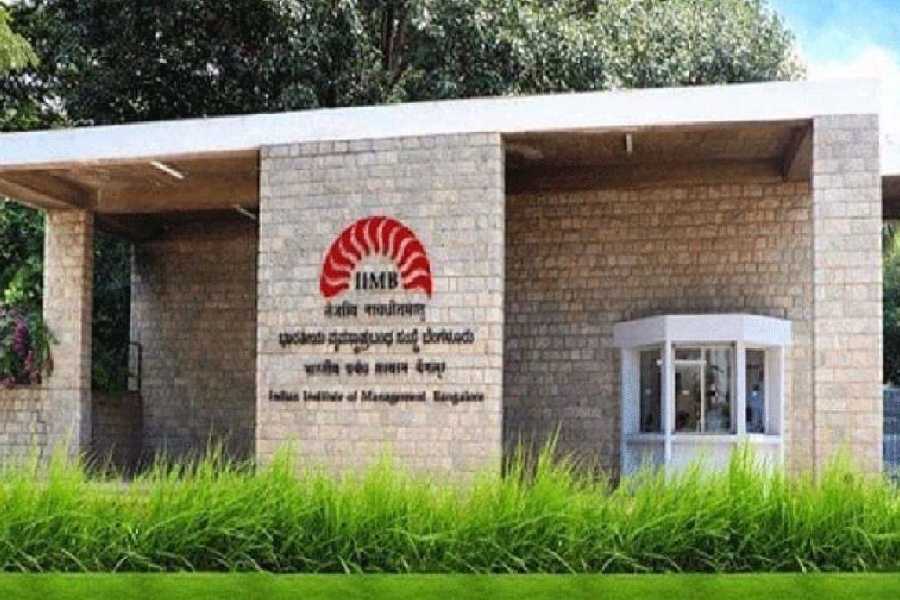While India was under lockdown, a reptile is said to have travelled over 1,000km from Nepal to Bengal before being caught in a fishing net in the Hooghly.
The gharial (Gavialis gangeticus), an endangered species under Schedule I of the Wildlife (Protection Act) 1972, was caught at Rani Nagar Ghat in Nadia in the third week of May. It was taken to a rescue centre at the Bethuadahari Wildlife Sanctuary in Nadia, where it has been kept in a wetland.
Gharials are part of the crocodile family and distinguished by their long and thin snouts. They live in clear freshwater river systems and feed mainly on fish.
Some NGOs called out the state forest department for not releasing the animal back into the water, saying it is akin to capturing an animal from the wild and keeping it in captivity in a zoo.
But a forest official said the gharial, a sub-adult around six feet in length, would not survive if released in haste.
“Captive-bred gharials, before being released into a river, are marked by a unique code by clipping their tails scutes (thickened horny or bony plates) for monitoring. The pattern on this animal suggested it was released into the Rapti river from the Gharial Conservation and Breeding Centre, Chitwan National Park, Nepal. It took around 60 days to reach the place from where it was captured, after swimming 1,100km,” said Subrat Behera, a biologist with the Wildlife Trust of India.
Behera first came across the pictures of the animal captured in Nadia on social media. “I asked for clearer pictures. When I got them, I checked with the Chitwan breeding centre. They confirmed that the gharial was released in Nepal,” Behera told Metro over the phone.
“We are not transferring it to a zoo. We are looking for the right habitat to release the gharial. Gharials are freshwater animals. If released back into the Hooghly, there is every chance that it will reach further downstream where there is a saltwater surge. The gharial will not be able to survive in saline water,” said Ravi Kant Sinha, chief wildlife warden of the state.










